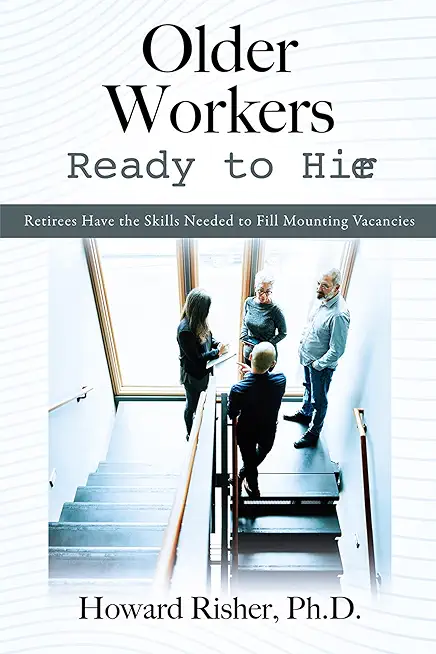
Risher, Howard
Vacancies have averaged over 10 million a month since mid-2021. In recent unemployment reports, less than 6 million people were counted as looking for jobs. That explains the continuing high vacancy count.
The vacancies are linked to two global demographic trends: fewer babies and increased longevity. The problem is also related to the shift starting decades ago from 'blue collar' jobs requiring strength and agility to knowledge jobs where skills are the keys to job performance. Knowledge workers today are fully capable of working as long as they are healthy. Professionals commonly work into their 70s.
The demographic trends are also tied to the current political concern with funding Social Security. Those benefits are "pay-as-you-go" with current benefits funded by active workers. With increased numbers of retirees living longer, projections show the FICA taxes will be inadequate to pay the benefits by 2035.
A deeply entrenched problem in the world's youth-oriented society is ageism. That is treating older people differently from others based on assumptions or stereotypes related to their age. It influences employment, cultural settings, and politics. Research shows the assumptions are not valid, but too often employers rely on stereotypes and deny older workers training and promotion opportunities. Work cultures are too often unhealthy.
The negative effects of ageism have been the focus of critical reports from the UN, the OECD, and the World Economic Forum. It's a global problem. A McKinsey study found the annual costs are in the billions.In the first year of the pandemic, hundreds of thousands of older workers were laid off and







